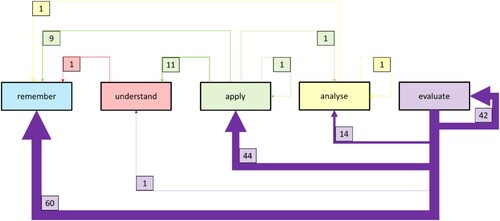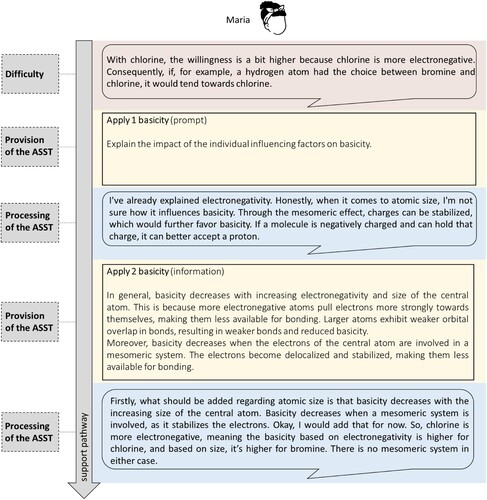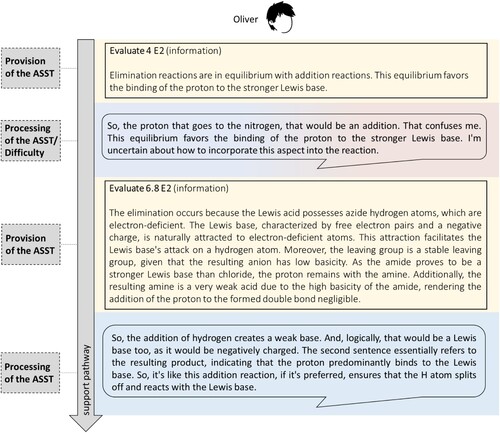Figures & data
Figure 1. Task set of a nucleophilic substitution reaction used in this study, with the predict-the-product tasks on the left and the case-comparison task on the right.
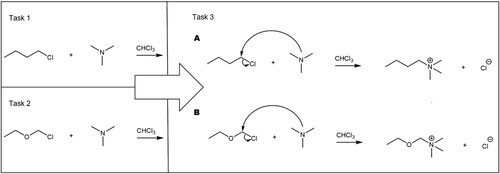
Figure 2. Steps taken in the development of adaptive support, using the example of understand conceptual knowledge. The further steps of the subdivision of the support format as depicted in Step 5 and their implementation as ASSTs are presented in the Appendix.
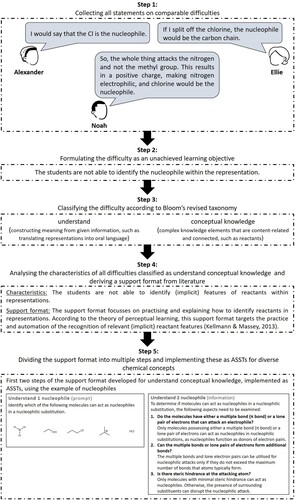
Table 1. Coding scheme for identifying the steps between the first occurrence of students’ difficulties and their resolution.
Table 2. Numbers of difficulties, resolved difficulties, and required ASSTs for each cognitive process dimension and overall.
Figure 3. Support pathways for each difficulty across cognitive process dimensions. Each cognitive process dimension is depicted in a different colour in separate graphics. The numbers and the thickness of the arrows indicate the frequency of each pathway. The support pathways progress from top to bottom, processing from the type of difficulty to the provided ASST, and concluding with the (non-)resolution.
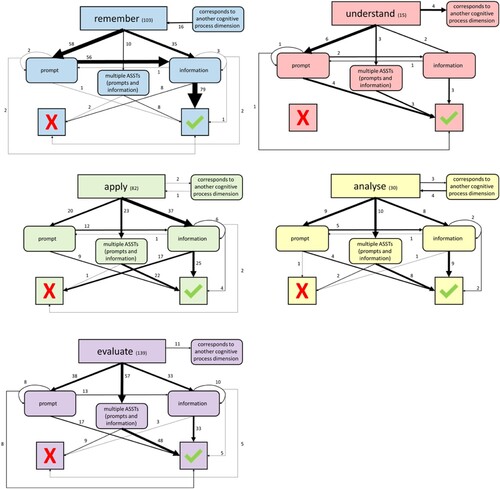
Figure 4. Example for the impact of prior knowledge on the effectiveness of ASSTs. The three students encountered the same difficulty and initially received identical ASSTs, but, due to varying levels of prior knowledge, they processed the support differently, which resulted in varying subsequent pathways.
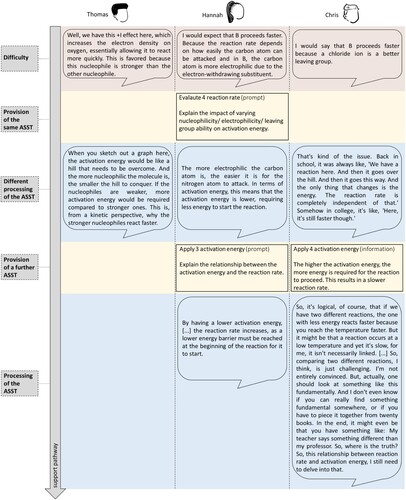
Figure 5. Example for the impact of the acceptance of the information provided by the ASSTs on the effectiveness of the ASSTs. The student refused to integrate the information from the first ASST due to personal dislike.
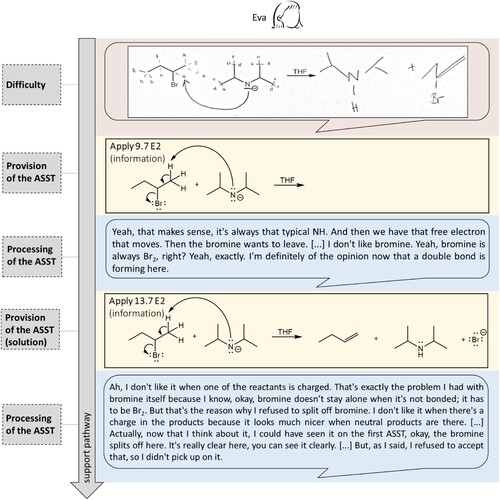
Figure 6. Nesting of difficulties between cognitive process dimensions. The numbers and the thickness of the arrows indicate the frequency of each nesting.
